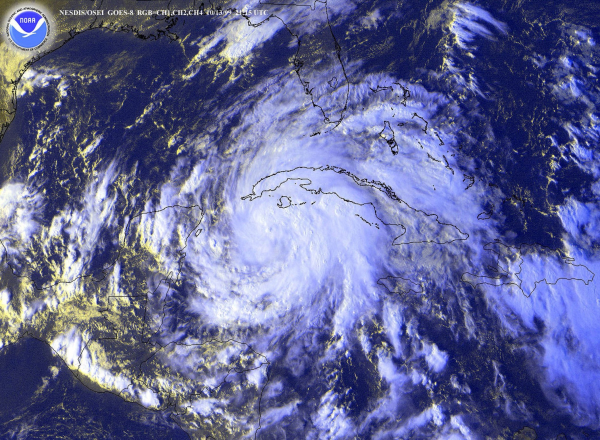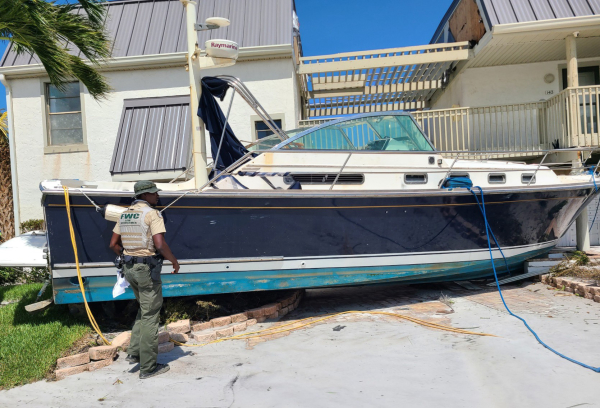
We hate to bring it up, but the 2025 Atlantic hurricane season is now underway.
So far, none of the big storms have reared their ugly heads—though local downpours have already caused flooding in some parts of the southeastern U.S.
The big storms have been more muscular than usual the past few seasons, generating billions in damage from Texas through Florida and up the coast through the Carolinas, and the folks who guesstimate the likely prognosis for each season tell us this year might be worse.
Forecasts from NOAA, Colorado State University, and AccuWeather suggest an increased number of storms compared to average seasons. Specifically, NOAA predicts 13 to 19 named storms, 6 to 10 hurricanes, and 3 to 5 major hurricanes.
While these storms used to be thought of as a coastal problem, some storms in recent years have carried their disastrous rains hundreds of miles inland and flooded thousands out of their homes.
Boating Preparations
While there’s no way to assure you’ll escape hurricane issues if you live anywhere in the southeast, there are some preparations that boaters, who are always heavily impacted by the big storms, can take before the warnings go out.
Sea Tow, which deals with boating disasters daily, has issued some advice that all boat owners would do well to heed.

Check Your Boat Insurance: As step one, Sea Tow recommends checking your insurance coverage now, before a storm is even on the horizon. This is sort of a tacit admission that if you get a direct hit from a Cat 5, your preparations won’t matter much: you’re probably going to lose your boat. Sad but true, unless you load it up and trailer it 500 miles inland. (Note that some policies specifically exclude hurricane damage so if yours has that sort of rider, it’s time to change it now.)
Find a Hurricane Hole: For larger boats that can’t easily be hauled out of the water, standard pre-storm procedure is to find a “hurricane hole” that will be protected from wind, waves and surge. Hurricane holes also have to have some extremely strong tie-ups—palm trees are frequently flattened by a major storm.
Batten Down the Hatches: Remove all loose items, secure hatches and doors, and consider additional mooring lines or storm anchors if leaving the boat in the water. Remove all electronics that are not flush mounted.
Tie Up Right: If the boat will stay in the water, make sure it’s centered in the slip and run your docking lines as spring lines, extra long, allowing for tidal surge as much as 10’ above normal levels. If the dock poles are not tall enough to handle the surge, seek another docking area.
For Small Boats: If your small boat lives on a trailer, block the trailer wheels and tie the frame to a solid object. For lightweight boats like johnboats, kayaks and canoes, store them upright and fill them with water—the added weight will keep them from blowing away.

Leave the Boat and Seek Safety: Don’t plan on staying on the boat to protect it during the storm—this is a great way to wind up dead.
If you’re advised to evacuate, do it. I’ve lost friends in Florida who failed to heed the advisories and decided to have “hurricane parties”. Best bet is to leave early and get as far from the coast as you can when a major hit is forecast—the big storms are no joke, and they seem to be getting more powerful every summer.
Note, too, that a warmer ocean can mean a longer hurricane season. “October—All Over” used to be the mantra on hurricane season, but that may not be the case now. Most storms come from mid-August to mid-October, but the designated season extends through Nov. 30.
— Frank Sargeant
Frankmako1@gmail.com